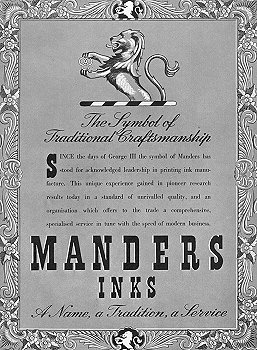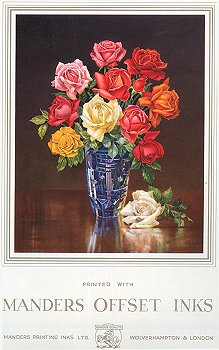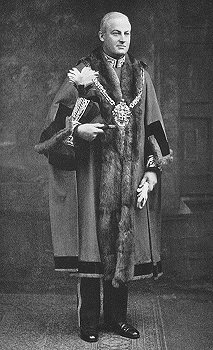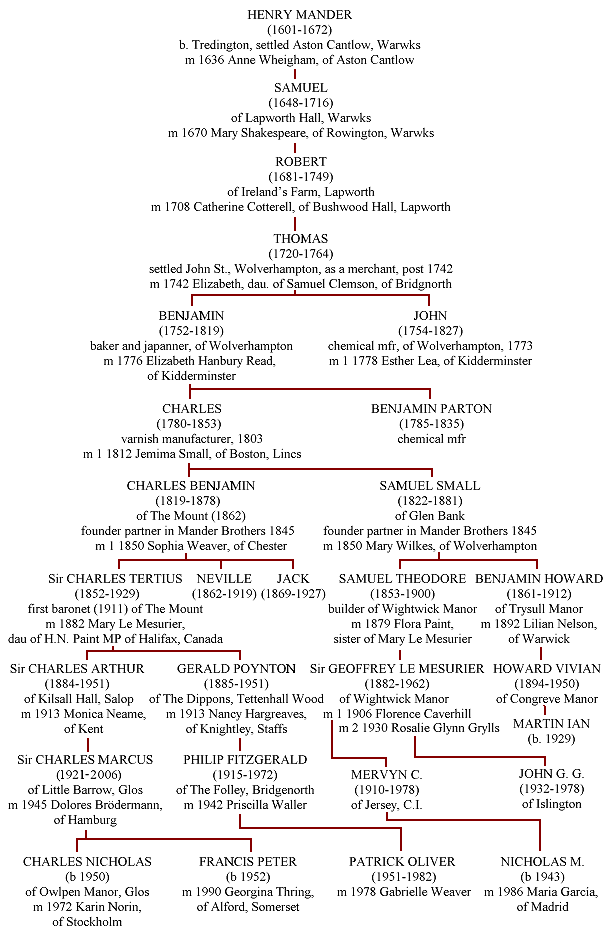In the early industrial revolution, the Mander family entered the vanguard of the expansion of Wolverhampton, on the edge of the largest manufacturing conurbation in the British isles, as entrepreneurs, city fathers and philanthropists. The family had been farming quietly since 1291 on the Warwickshire/Worcestershire borders of Midland England, when Thomas Mander, a younger son, migrated a few miles north to Wolverhampton, then a market town of 7,500 people, in 1742. There he settled as a merchant, and in due course inherited property in John Street which became, just over two hundred years later, one of the first large-scale shopping mall developments in Britain, known as the Mander Centre. A large area of the family agricultural land at Perton, outside Wolverhampton, was developed for housing by the third baronet in the 1970s.
From the outset, as successful trades people, the family espoused many local causes. They were noted nonconformists, grave and earnest, but always progressive and public spirited, and became champions in their small way of the religious and social reforms of the early nineteenth century, financing prolonged litigation personally-one Chancery suit lasted 22 years-lobbying for reform in the criminal code, involving themselves wholeheartedly in philanthropic movements and civic affairs, four of them standing at the same time among the first commissioners of the Georgian borough, and helping to found free libraries, chapels and schools. As they prospered, they served as mayors and aldermen, high sheriffs, deputy lieutenants and magistrates, in the yeomanry and in national government.
The family were equally remarkable, living in the same large houses for successive generations, for never throwing anything away, and so accumulating a rich and haphazard archive. Mander papers, including diaries, letters, notes and publications, as well as watercolour sketches, well-kept press-cuttings books of their public lives, photographs and ephemera, give a well-documented history of their careers as pioneer manufacturers, merchant industrialists and public figures with wide-ranging interests and social contacts over seven or eight generations, against the background of the emergence of modern Britain. Among publications on the family, a company history was published in 1952, and the private papers of Samuel Theodore Mander were published in 1996. They contributed not only to stolid industry and public life: they produced a modest quota of soldiers, antiquarian scholars, artists and writers of distinction, a suffragist and Irish nationalist, even a Hollywood actor who married an Indian princess. Invariably, they were cultivated and well read, with opportunities for foreign travel, friendships and marriages, and art collecting.
Today it has adapted well as a hotel with 56 bedrooms. Many of its collections survive at Owlpen Manor, a romantic Tudor manor house open to the public, which was saved from ruin in 1926 and now contains family portraits and works by the Cotswold Group of craftsmen. The three contrasting houses illustrate successive themes of the Arts and Crafts movement, and their patrons' interaction with the industry which made the houses possible. Manders PLC remained based in Wolverhampton, the town where it was established, into its third century, with interests in paint, property and printing ink. The successful mini-conglomerate was broken up in the 1990s by a career management no longer involved with the family or the town. First the paint and property businesses were sold in 1994. Finally, after 225 years, the core business, by then an international company developing the higher-technology activities of speciality chemicals and coatings, with particular emphasis on printing inks, was sold for £100 million in 1997 to Flint Ink of Detroit, in the United States, so ending a long chapter in the British chemicals industry. The Mander brands survive in the global coatings industry and Manders Premier has established itself as one of the world's largest suppliers of coatings and inks, as well as graphic arts products, consumables, and machinery. An Abridged Mander Family Tree
We would like to thank Nicholas Mander for allowing us to use the text, which is from the OwlPen Manor website: http://www.owlpen.com |






